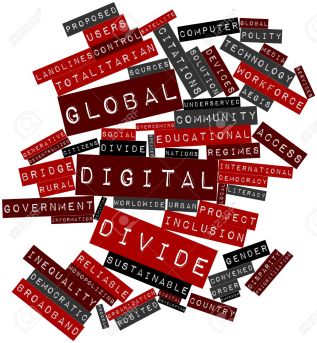
Week 3 in EDTECH 501, wrapped up Module 2: “Ethical Practice in Educational Technology,” with a multimedia project on the Digital Divide and Inequality. We began our assignment with binge reading what the divide and inequality were about and it’s effects on education and society. I personally have never heard of the digital divide or inequality, but upon discovering its definition, I recognized it all too well.
In brief – the divide is a metaphor of sorts, describing a gap or even a gulf between those who have access to computers, the internet and/or information and communication technology. Common factors that attribute to the divide are age, race, gender, geographic location, educational background, and income status. However, the gap in the more recent years has been closing in with the cost of technology decreasing and accessibility of it increasing; the divide has shifted into an “inequality.” The divide or rather inequality of today, deals with those who have access to information or communication technology and how they gainfully use it. Factors that contribute to inequality include, technical means, autonomy, skill, social support and purpose.
So why should we care about this supposed divide or inequality? Simply put – how can we not? We live in a heavily permeated digital generation. Teaching, learning and just plain out surviving our current technologically submerged society – it is a must for everyone to be aware of accessibility and gainful usage of information and communication technology; especially those in the Education profession.
Despite the divide or inequality, task forces, such as the Office of Educational Technology at the U. S. Department of Ed., have taken an aggressive approach against this threat. They created a plan know as the National Education Technology Plan, in order to meet the learning needs of today’s digital generation. They have recognized the ever present emersion of technology in the daily lives of society and created a systematic approach to engage and power learning through technology. You can read more about the NETP here.
I’m encouraged by this plan and how our government is taking action against the divide/inequality with this revolutionary strategy. However, it is not just the plan that will close the gap, but rather those who are the hands and feet – us Educators, and more so, us Educational Technologists. I don’t think I could state it any better than how the NETP describes our role in the plans Introduction:
“Schools must be more than information factories; they must be incubators of exploration and invention. Educators must be more than information experts; they must be collaborators in learning, seeking new knowledge and constantly acquiring new skills alongside their students. Students must be fully engaged in school—intellectually, socially, and emotionally. This level of engagement requires the chance to work on interesting and relevant projects, the use of technology environments and resources, and access to an extended social network of adults and peers who support their intellectual growth…”
My hope is to be the kind of Educator described in this quote; one who inspires engaged learning, helping to mold the minds of this digital generation, those that follow and even the traditionally minded, non-digital generations.
 In addition to what I learned about the digital divide and inequality globally and in education, I had to conduct some research with in my own community, identifying it locally. As I mentioned in my previous post, I am currently an audiovisual specialist at a private university and although I’m not in the classroom, my department interfaces with both the Professors and Learners. So I reached out to a few colleagues, faculty and staff to fill out a survey I created in google forms. I was only able to gather data from 4 people, but it was enough to give me a deeper knowledge of some of the digital inequalities in our own campus. I identified 3 specific issues and came up with 3 solutions for my project on Haiku Deck, an online presentation software. Here’s the final product: Digital Divide & Inequality: What are they and how do they effect us?
In addition to what I learned about the digital divide and inequality globally and in education, I had to conduct some research with in my own community, identifying it locally. As I mentioned in my previous post, I am currently an audiovisual specialist at a private university and although I’m not in the classroom, my department interfaces with both the Professors and Learners. So I reached out to a few colleagues, faculty and staff to fill out a survey I created in google forms. I was only able to gather data from 4 people, but it was enough to give me a deeper knowledge of some of the digital inequalities in our own campus. I identified 3 specific issues and came up with 3 solutions for my project on Haiku Deck, an online presentation software. Here’s the final product: Digital Divide & Inequality: What are they and how do they effect us?
If I had more time, I would have included some charts and graphs into my presentation as well as more relatable statistics involving higher education. I would have also included more data from the survey I conducted at my university.
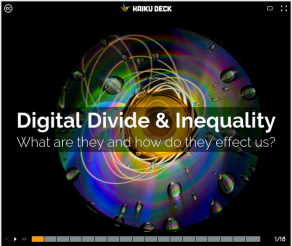 Finally, my last impression upon completing the digital divide/inequality project, is on the multimedia aspects. I was pleased to have learned more about using a presentation software I’ve never used before, like Haiku Deck. It has a few benefits, such as: being an online free software, having the capabilities to access free vivid images that represent the idea of each slide, and the concept of keeping the slides brief and less wordy by letting the images speak on their own. Conversely, their were a few limitations that were a bit frustrating. Such as not being able to embed videos or links, not being able to adjust the fonts on individual words or slides, a pop up prompt that every so often indicated I had a duplicate version, which I still don’t understand how it would duplicate, and not being able to have the undo function available. All and all it’s not a bad presentation tool, and I may consider using it again for certain projects, but I don’t find it to be robust multimedia, presentation software, like Keynote or PowerPoint.
Finally, my last impression upon completing the digital divide/inequality project, is on the multimedia aspects. I was pleased to have learned more about using a presentation software I’ve never used before, like Haiku Deck. It has a few benefits, such as: being an online free software, having the capabilities to access free vivid images that represent the idea of each slide, and the concept of keeping the slides brief and less wordy by letting the images speak on their own. Conversely, their were a few limitations that were a bit frustrating. Such as not being able to embed videos or links, not being able to adjust the fonts on individual words or slides, a pop up prompt that every so often indicated I had a duplicate version, which I still don’t understand how it would duplicate, and not being able to have the undo function available. All and all it’s not a bad presentation tool, and I may consider using it again for certain projects, but I don’t find it to be robust multimedia, presentation software, like Keynote or PowerPoint.
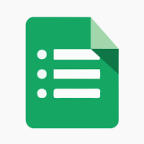 I also learned more about google forms, which I found extremely useful in creating a quick survey. I liked that it had options on how to share it, whether privately or publicly, and how it generated the template of the form easily, as well as charting the responses once they were submitted by whomever filled out your form. I would definitely use this again.
I also learned more about google forms, which I found extremely useful in creating a quick survey. I liked that it had options on how to share it, whether privately or publicly, and how it generated the template of the form easily, as well as charting the responses once they were submitted by whomever filled out your form. I would definitely use this again.
If you have any other multimedia software or app recommendations, I’d love to hear more about it! Leave me a comment with your suggestions or send me some feedback on what you thought about my presentation, reflections, or your own thoughts on the Digital Divide/ Inequality.
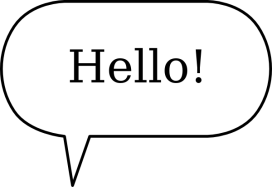 Thanks for stopping by! This learning log will serve as a documentary of sorts of my journey toward a Masters degree in Educational Technology (MET), from Boise State University. You’ll find a variety of items that I hope will be a beneficial resource to you as well as inspiring. It will be a continual work in progress, so be sure to stop in periodically. And if you’d like to stay current with my updated posts – click on the “Follow” button to the right of this entry and subscribe to receive email updates. I’m also available to answer any questions or comments via the email posted on my “About Me” tab.
Thanks for stopping by! This learning log will serve as a documentary of sorts of my journey toward a Masters degree in Educational Technology (MET), from Boise State University. You’ll find a variety of items that I hope will be a beneficial resource to you as well as inspiring. It will be a continual work in progress, so be sure to stop in periodically. And if you’d like to stay current with my updated posts – click on the “Follow” button to the right of this entry and subscribe to receive email updates. I’m also available to answer any questions or comments via the email posted on my “About Me” tab.
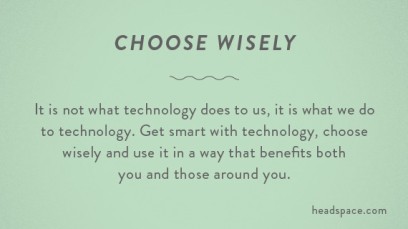

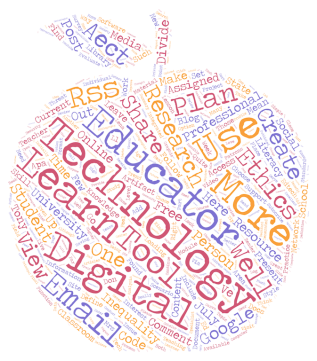
 During this last EdTech 501 Module, “Making Meaning,” our assignment was to delve into the elements of Educational Technology not only as the textbook definition but also how we define it personally. Our artifact was to create a visual graphic, representing or defining Educational Technology. We were to use any tool of choice, so I crafted an infographic with a free online presentation tool called
During this last EdTech 501 Module, “Making Meaning,” our assignment was to delve into the elements of Educational Technology not only as the textbook definition but also how we define it personally. Our artifact was to create a visual graphic, representing or defining Educational Technology. We were to use any tool of choice, so I crafted an infographic with a free online presentation tool called 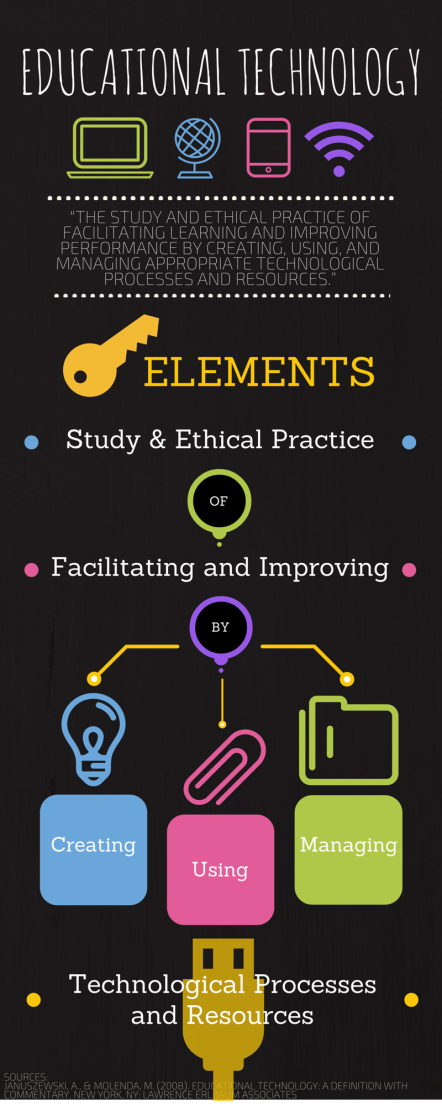

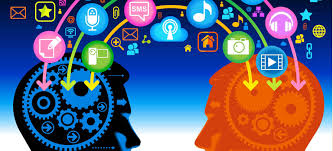
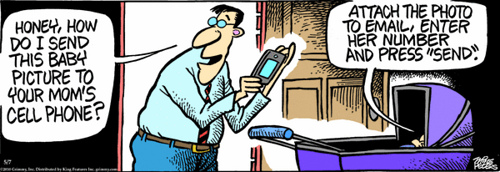
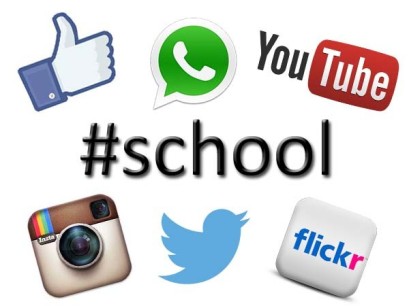
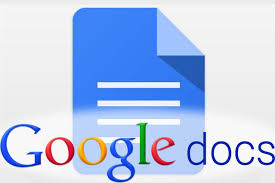
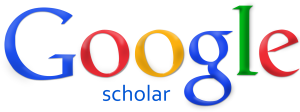
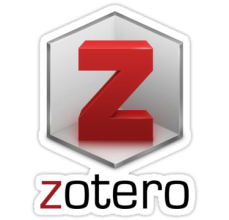

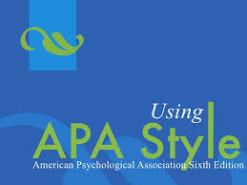

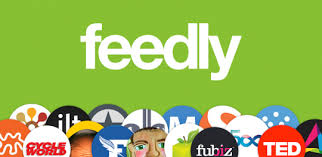






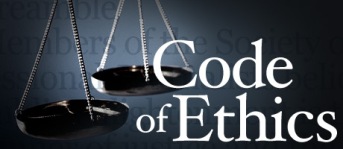

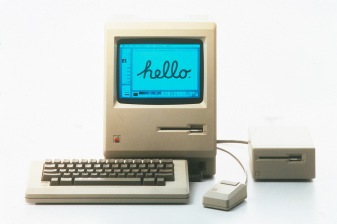 with the all too familiar colorful apple on it, and thinking “what do I need to do to get into this gifted program?” Because all I really cared about was getting on those computers! Sadly, I did not get into the program, but one summer school session I attended, the non-gifted students were allowed to go to the gifted computer lab to work on their math skills.
with the all too familiar colorful apple on it, and thinking “what do I need to do to get into this gifted program?” Because all I really cared about was getting on those computers! Sadly, I did not get into the program, but one summer school session I attended, the non-gifted students were allowed to go to the gifted computer lab to work on their math skills.